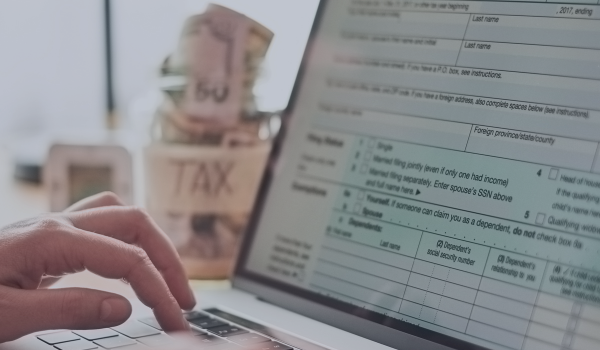The retirement landscape for small businesses underwent a significant transformation with the passage of the SECURE 2.0 Act. Aimed at enhancing retirement readiness and promoting the adoption of employer-sponsored plans, SECURE 2.0 included several provisions, one of which is a substantial increase in tax credits for small businesses venturing into retirement plan sponsorship.
Expanded Tax Credits for Small Employer Plans
Under the original SECURE Act, businesses with fewer than 100 employees were eligible for a three-year start-up tax credit, covering up to 50% of administrative fees with an annual cap of $5,000. SECURE 2.0 expands this incentive for employers with up to 50 employees by offering a 100% tax credit for qualified start-up costs.
Qualifying for Tax Credits
To be eligible for these tax credits, a business must have at least one non-highly compensated employee (NHCE). An NHCE is an employee who is not a 5%-owner of the business and earned below a threshold amount. in the previous year. If the plan starts in 2023, the preceding year is 2022, and the threshold amount is $135,000. If the plan starts in 2024, the preceding year is 2023, and the threshold amount will be $150,000. The amount of the credit is the greater of $500 or $250 per NHCE (capped at $5,000) and for businesses with 50 or fewer employees, applies to 100% of the incurred costs. If a business implements automatic enrollment, an additional $500 annual credit for three years is available, potentially totaling $16,500 over the initial three-year period.
For businesses that initiated a plan within the past three years, partial credits may still be accessible, making it crucial to consult with our dedicated Retirement Team here at RMC at 239-298-8210 to explore your specific situation.
Business Size Matters
Businesses with 51-100 employees continue to benefit from the original SECURE Act’s start-up tax credit, covering 50% of administrative costs, capped at $5,000 annually per employer for three years. However, for companies exceeding 100 employees, this tax credit does not apply.
Tax Credit for Start-Up Administrative Costs
Eligible start-up costs include various expenses such as document fees, advisor fees, and plan documentation fees required to establish and administer the new retirement plan. Small employers establishing a new plan can claim this tax credit for the first three years of plan maintenance.
Employer Contribution Credits
SECURE 2.0 introduced a tax credit for employers with no more than 100 employees that make matching or profit-sharing contributions to a defined contribution plan. The credit is a percentage of the contribution for each employee earning $100,000 or less. The percentage is 100% for the first two plan years, 75% in year three, 50% in year four, and 25% in year five. For employers with 51-100 employees, the credit is reduced by 2% per employee. The maximum credit is $1,000 per employee.
Stay Informed and Stay Competitive
As the 90+ provisions of SECURE 2.0 Act take effect, staying informed about the changes is crucial for businesses. Keep up to date on the latest developments that can impact your business and take advantage of the numerous opportunities presented by SECURE 2.0. Explore more SECURE 2.0 blog posts here to ensure you’re well-prepared for the evolving retirement landscape.
Source: https://www.irs.gov/retirement-plans/retirement-plans-startup-costs-tax-credit



